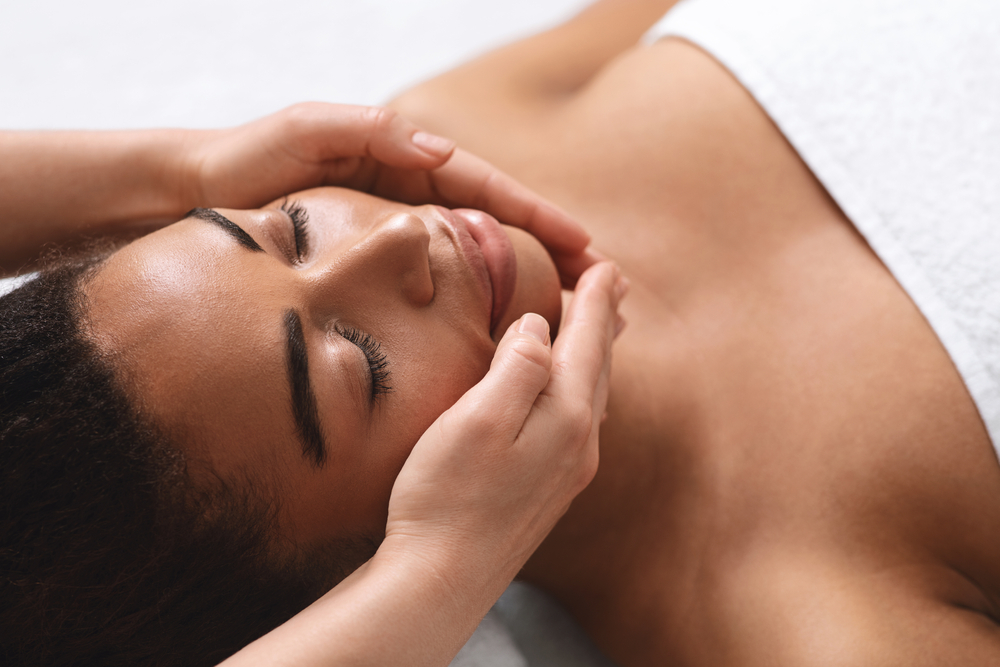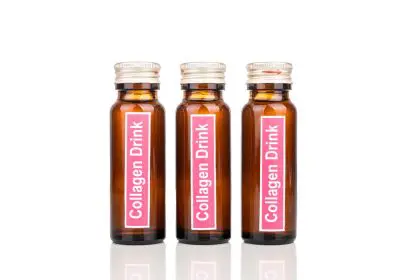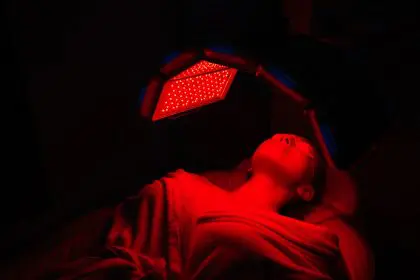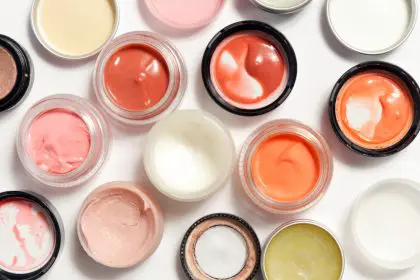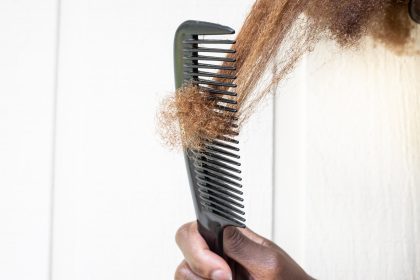The ancient practice of facial massage has evolved from a simple beauty ritual into a scientifically-backed skincare method that addresses multiple concerns simultaneously. This therapeutic technique, which combines gentle manipulation of facial muscles with targeted pressure points, offers measurable improvements in skin health and appearance while providing stress relief benefits that extend far beyond the surface.
Modern dermatological research supports what traditional cultures have known for centuries: regular facial manipulation can significantly impact skin quality, circulation, and overall facial aesthetics. The practice has gained renewed attention as consumers seek non-invasive alternatives to more aggressive cosmetic procedures, making it an increasingly popular component of comprehensive skincare regimens.
The science behind facial manipulation
Circulatory enhancement
Facial massage works primarily by stimulating blood flow throughout the facial tissues. This increased circulation delivers essential nutrients and oxygen to skin cells while simultaneously removing metabolic waste products that can contribute to dullness and premature aging. The mechanical action of massage also promotes lymphatic drainage, reducing fluid retention that causes puffiness and creating a more defined facial contour.
The lymphatic system, which operates without a central pump like the cardiovascular system, relies on external pressure and movement to function optimally. Facial massage provides this necessary stimulation, helping to eliminate toxins and reduce inflammation that can compromise skin health. This process is particularly beneficial for individuals who experience morning puffiness or have naturally sluggish lymphatic circulation.
Muscle tension relief
Facial muscles, like those throughout the body, can become tense from stress, repetitive expressions, and poor posture. This tension contributes to the formation of expression lines and can create an overall appearance of fatigue or strain. Regular massage helps release this muscular tension, allowing the face to return to a more relaxed state and potentially reducing the depth of existing lines.
The temporomandibular joint, which connects the jaw to the skull, particularly benefits from targeted massage techniques. Many people unconsciously clench their jaw muscles throughout the day, creating tension that radiates throughout the face and can contribute to headaches and facial discomfort.
Measurable skin improvements
Texture and tone enhancement
Clinical observations indicate that consistent facial massage can improve skin texture by promoting cellular turnover and enhancing the skin’s natural renewal process. The mechanical stimulation encourages the production of new skin cells while helping to slough away dead surface cells that can create a rough or uneven texture.
Regular massage also appears to influence collagen production, the protein responsible for skin firmness and elasticity. While the effects are gradual and require consistent practice, many practitioners report improvements in skin firmness and a reduction in the appearance of fine lines over time.
Product absorption optimization
One of the most immediate benefits of facial massage is its ability to enhance the absorption of topical skincare products. The warming effect of massage increases blood flow to the skin surface, opening pores and creating optimal conditions for product penetration. This means that serums, moisturizers, and treatment products can work more effectively when applied during or after massage.
The mechanical action of massage also helps to distribute products evenly across the skin surface, ensuring that active ingredients reach all areas of the face rather than sitting on top of the skin where they may have limited impact.
Professional versus self-administered techniques
Clinical treatments
Professional facial massage treatments utilize specialized techniques and high-quality products that may not be available for home use. Licensed estheticians and massage therapists have training in anatomy and physiology that allows them to target specific concerns with precision. These treatments often incorporate advanced tools such as microcurrent devices, ultrasonic equipment, or specialized massage implements that can enhance results.
Professional treatments also provide the benefit of complete relaxation, as the recipient can focus entirely on the experience without the effort required for self-administration. This deep relaxation state may enhance the therapeutic benefits by reducing stress hormones that can negatively impact skin health.
Home practice methods
Self-administered facial massage offers the advantages of convenience, cost-effectiveness, and the ability to customize techniques based on daily needs. Simple techniques using clean hands can be highly effective when performed consistently. The key is establishing a routine that can be maintained over time rather than expecting dramatic results from occasional sessions.
Basic tools such as jade rollers or gua sha stones can enhance home practice by providing consistent pressure and helping to maintain proper technique. These tools also add a cooling element that can be particularly soothing and beneficial for reducing inflammation.
Implementation strategies
Daily routine integration
The most effective approach to facial massage involves incorporating brief sessions into existing skincare routines rather than treating it as a separate, time-consuming practice. Even five minutes of focused massage during morning or evening skincare application can provide significant benefits when performed consistently.
Timing massage with the application of facial oils or serums maximizes both the skincare benefits of the products and the effectiveness of the massage itself. The lubrication provided by these products allows for smooth, comfortable manipulation while preventing skin irritation that might occur with dry massage techniques.
Safety considerations
Certain conditions require caution or avoidance of facial massage. Recent cosmetic injections, active skin infections, open wounds, or inflammatory skin conditions may be contraindicated for massage. Individuals with these concerns should consult with healthcare providers or licensed estheticians before beginning a massage routine.
Proper technique is essential for safety and effectiveness. Excessive pressure or aggressive manipulation can cause bruising, irritation, or even damage to delicate facial tissues. The approach should always be gentle, using upward and outward motions that support the skin’s natural structure rather than pulling or stretching.
Long-term commitment yields results
Facial massage represents a long-term investment in skin health rather than a quick fix for immediate concerns. Like any therapeutic practice, consistency is crucial for achieving and maintaining results. The cumulative effects of regular massage become more apparent over months rather than days, making patience and persistence essential components of success.
The practice also offers psychological benefits that complement its physical effects. The daily ritual of self-care can reduce stress levels, improve sleep quality, and create a sense of well-being that reflects positively in overall appearance and confidence.

